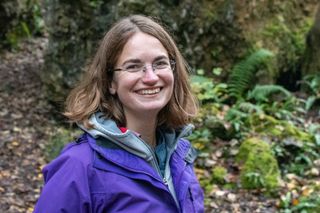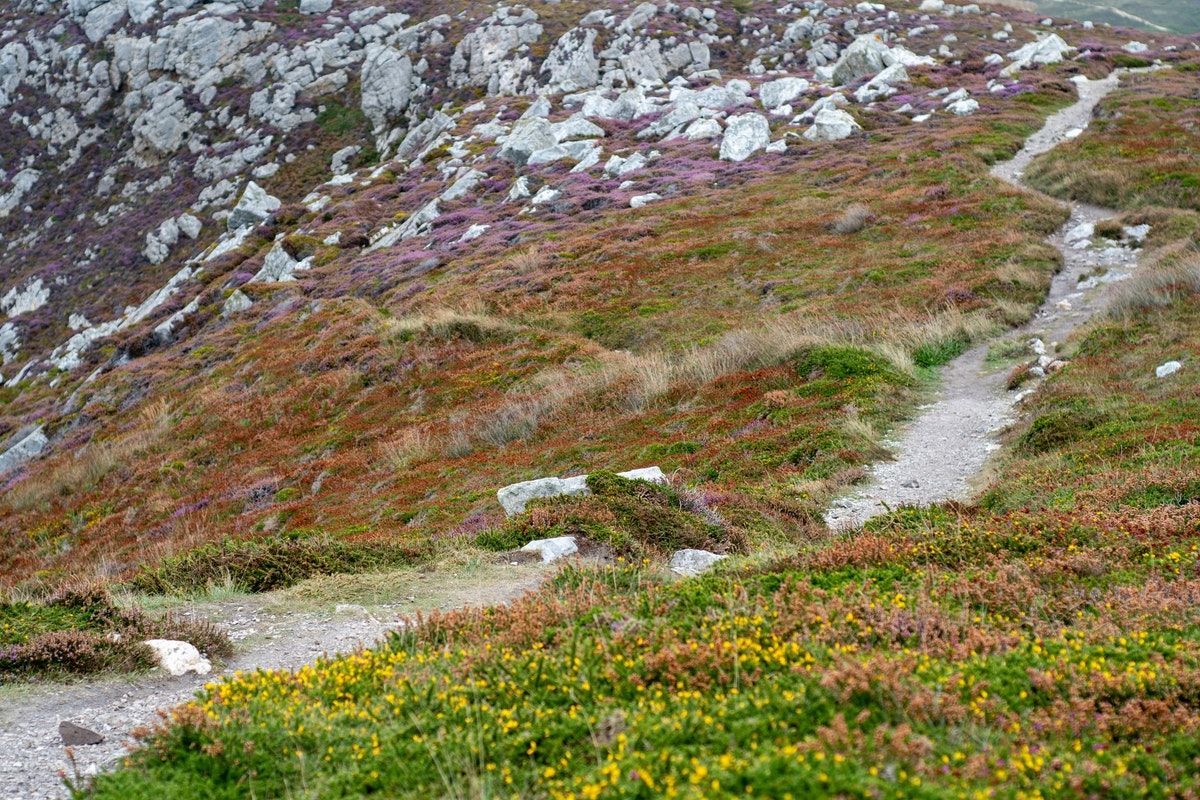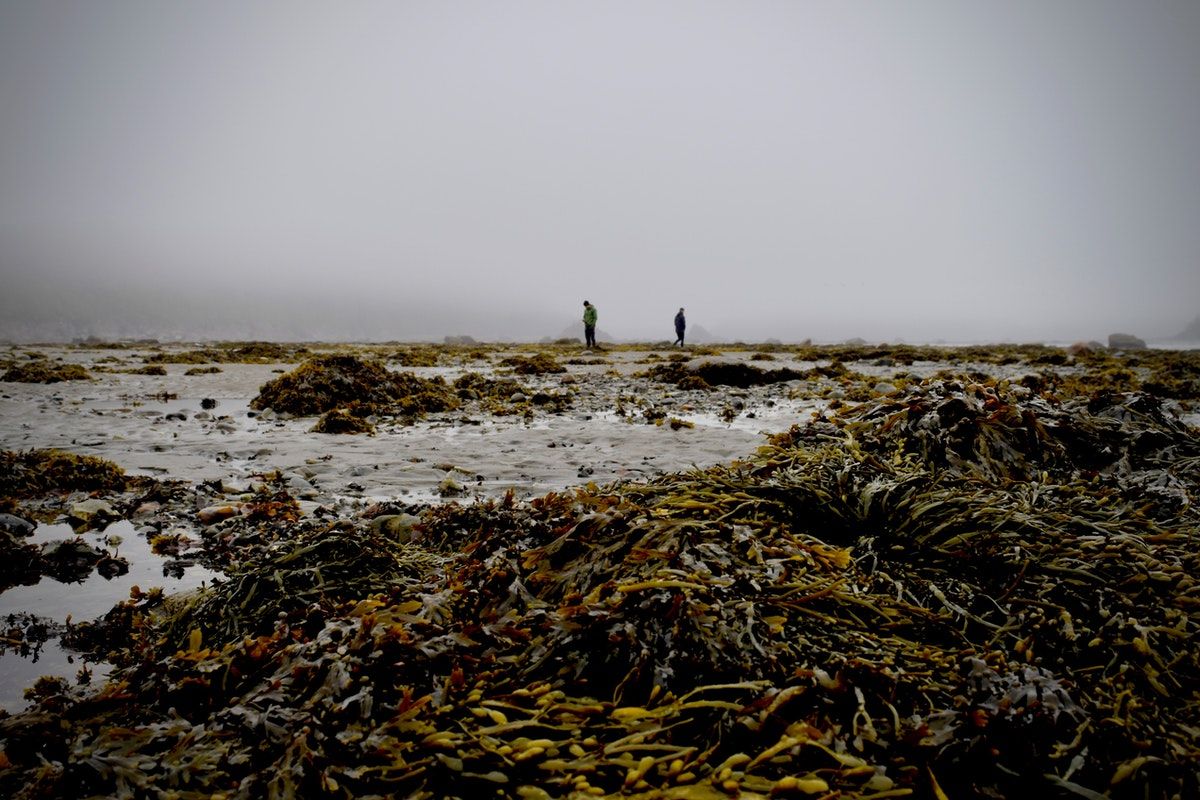
Book of the Month: Tir, by Carwyn Graves
Our top nature and conservation reads for April.
There are three books I would consider necessary reading for anyone interested in rewilding.
The first is Feral, by George Monbiot, which thrust the concept into the limelight and was at least partly responsible for igniting the backlash in Wales that has lasted to the present day. The second is Rebirding, by Benedict Macdonald, which put the ecological flesh on the bones of Monbiot’s campaign. And the third is Tir: The Story of the Welsh Landscape, by Carwyn Graves.
Tir is the book that Wales has long needed, ever since environmentalists landed upon the nation’s ‘sheepwrecked’ hills as the ideal place for landscape rewilding. Graves has finally brought people into the discussion with the depth and understanding they deserve: not as props to be pacified and persuaded, but as humans who have long been part of the landscape, and whose culture remains profoundly embedded within it to this day.
Tir is not about rewilding, so much as a love-letter to the unique ecosystems of the Welsh landscape, many of which are in danger of disappearing, partly due to ill-designed government incentives. Chapter by chapter, Graves explores the various ecosystems that comprise the rural landscape, both now and in the past, undermining the myth of the country as an eternally overgrazed monolith.
In its place, he introduces readers to a selection of habitats: coed, cloddiau, cae, ffridd, mynydd, rhos and perllan. I have maintained the Welsh names here, as Graves does throughout the book, because the subtleties of meaning cannot always be captured by their English translations. Roughly, however, Tir takes the reader through woodlands, hedgerows, meadows, scrub and orchards: how they were created, their role in the past, and the stamp they have left in the present.
But rewilding is an unavoidable part of this discussion, and for good reason. Graves does not shy away from the damage that farming has wrought to biodiversity in Wales over the last 70 years or so. He is passionate about restoring the abundance of life that would have thrived even within living memory. His discussion of how society might achieve that, however, is far more compassionate and nuanced than most of us – and particularly those of us on social media – have become accustomed.
It is easy for outsiders to see Wales as a ‘blank canvas’ for their ambitions. It is true that modern sheep farming makes sense neither economically nor ecologically. What Graves does is deepen our vision, showing how this unfortunate state of affairs is what has survived of a far more diverse – and, yes, wilder – farming culture. In doing so, he strips everyone of their excuses: the farmers who would prefer to maintain the status quo, and the rewilders who would rather ignore the presence of farmers altogether.
Seen from Graves’ perspective, sheep are no longer the cultural touchstone they are made out to be, but rather the stripped-back remains of mixed herds of sheep, cattle and geese, made up of breeds particularly suited to the conditions of the wet hillsides. The overgrazed fields and pastures are not the essence of the Welsh countryside, but rather the degraded remains of the shifting scrublands and vibrant meadows that would once have sustained so many rural communities.
These old agricultural ecosystems are not merely the backdrop for rural life, but the heart of Welsh identity. The Welsh word for culture – diwylliant – translates literally to ‘unwilding’, and so to rewild is therefore to deprive the land of its stories. Other writers have paid lip service to this idea, but have never really done it justice. Perhaps it is difficult to truly understand the depth of this connection as a monoglot Englishman, as most writers on rewilding tend to be.
Graves is aided in his investigation by the fact he is a native Welsh speaker, whose grandfather grew up in an old railway carriage tucked into the corner of a field. He is able to consult Welsh poetry and archives, and speak to the farmers he visits in their first language. At the same time, he is far enough removed from this world that he avoids the anger that inevitably surfaces with the sense that one’s culture and livelihood is being threatened by outsiders with power and status.
Away from the antagonism of social media, opposition to rewilding comes across less as the defence of income at the expense of biodiversity, but rather something borne of a deeper poetic sensibility; a devotion not to ‘sheepwrecked’ fields but the scruffier pastures of the past: the meadows, scrublands and fields that are at the centre of this book.
The prevalence of such places may have faded, but their cultural resonance has not. One farmer describes ffridd – a lightly wooded mountainside habitat – as ‘one of those words that can bring you close to tears if you think too much about it’. Graves notes that an S4C series on field names was so popular that it returned for a second series. This connection, he explains, is a curious feature of Welsh history and land ownership. If it seems fanciful to the urban outsider, that is because their own ties to the land have been so thoroughly severed.
For all that, Graves resists the urge to romanticise. He continually stresses that the poetry he quotes was born of its time, with nature in service to humans. ‘Readers coming to this book perhaps hoping for indigenous wisdom on living within the natural world by, say, a European version of Native American land-management practices, embodied within an ancient Celtic language, have doubtless been disappointed,’ he writes. The Welsh worldview, for thousands of years, has had agriculture at its heart.
As a guide to the history of the Welsh landscape, Graves is both clever and earnest. Poetry sits alongside history, archaeology and palaeoecology. His research is deep and well-referenced: he travels through the academic literature and physical terrain with equal ease, outlining both in clear and unpretentious prose. He avoids the myths that commonly crop up within landscape history, and rejects oversimplification when it comes to the ever-thorny topic of food production and climate change.
It is easy to see the landscape through a single lens, whether that be carbon storage, biodiversity, food, economics or culture. Certainly, such single-minded stories work best when it comes to inciting passion or righteous anger. But Graves is too clear-eyed for this approach. His aim is that society should work ‘with the grain of current land use and its history while maximising the potential for all the other things that matter, whether human employment, food production, biodiversity or carbon sequestration’.
It is a vision that would indeed lead to the creation of a wilder landscape, but without asking farmers to abandon their language or livelihood; not a displacement of people, but rather the reclamation of a fading culture. It may be complex, but then so is the landscape itself.
Tir: The Story of the Welsh Landscape, by Carwyn Graves. Published by Calon, March 2024. Reviewed by Sophie Yeo.
What else we've been reading this month
A Flat Place, by Noreen Masud, came out in paperback this month. A profound and moving meditation on the flat landscapes so often ignored in favour of more transcendental experiences, tied up with an exploration of the meaning of memory and the experience of complex trauma. -SY
Wild Service: Why Nature Needs You is the first major literary offering from the Right to Roam campaign. A collection of essays, each suggesting ways of reconnecting to the landscape, veering between practical suggestions and wild utopianism. -SY
The Lost Paths: A History of How We Walk from Here to There, by Jack Cornish, journeys through Britain’s extensive network of paths. A lively account of millennia of movement, and a call to action to preserve an endangered heritage. -CG
Dispersals: On Plants, Borders, and Belonging, by Jessica J. Lee, is a collection of essays on plants considered ‘out of place’ in one way or another. An exploration of histories little spoken of, taking the reader through laboratories, kitchens, libraries, gardens, and wilder places beyond. -CL
On This Holy Island: A Modern Pilgrimage Across Britain, by Oliver Smith, takes the reader on a series of journeys, exploring the meaning of pilgrimage now and in the past. An entertaining exploration of the meaning of travel in times of fading religion. -SY
Reviewed by Sophie Yeo, Coreen Grant and Chantal Lyons.
Subscribe to our newsletter
Members receive our premium weekly digest of nature news from across Britain.
Comments
Sign in or become a Inkcap Journal member to join the conversation.
Just enter your email below to get a log in link.








